POSSIBLE TOMORROWS
BIOFACTION has initiated, curated and produced POSSIBLE TOMORROWS – an exhibition that took place during VIENNA DESIGN WEEK 2016.
Possible Tomorrows introduces a selection of experimental and technical design applications hatched from the fields of biotechnology and synthetic biology.
Selected designers/artists contribute on the one hand speculative applications and ideas for the future, and on the other hand already tried and tested implementations for the design and material culture of tomorrow: Cement that is composed of microorganisms. Plants that not only bear fruit, but also grow textiles from their roots. What possibilities will the future bring? Will synthetic biology be the foundation of tomorrow’s industrial design?
Participanting Designers / Projects:
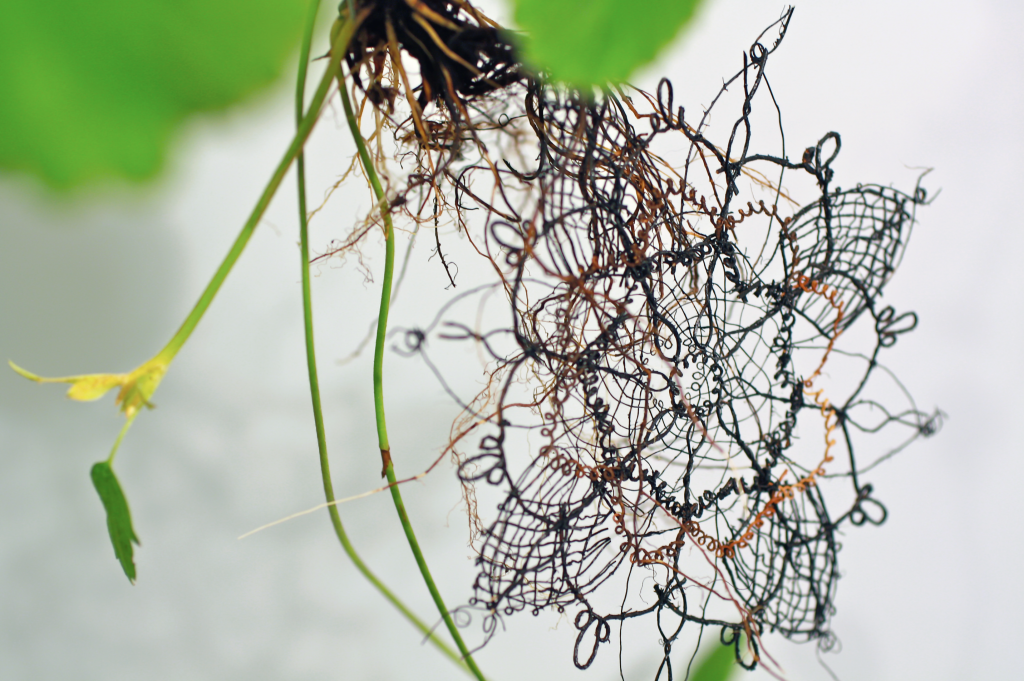
Carole Collet / Biolace
Biolace is a speculative design project which explores the potential of synthetic biology for future fabrication. In a future located in 2050, when natural resources have become scarce, and global population has reached 9 Billion, food grows in urban hydroponic greenhouses that host new species of plants genetically engineered to ‘manufacture’ multi-products to save energy, space and time. Biolace aims at questioning the validity and ethics of an emerging synthetic nature.
See more: www.designandlivingsystems.com
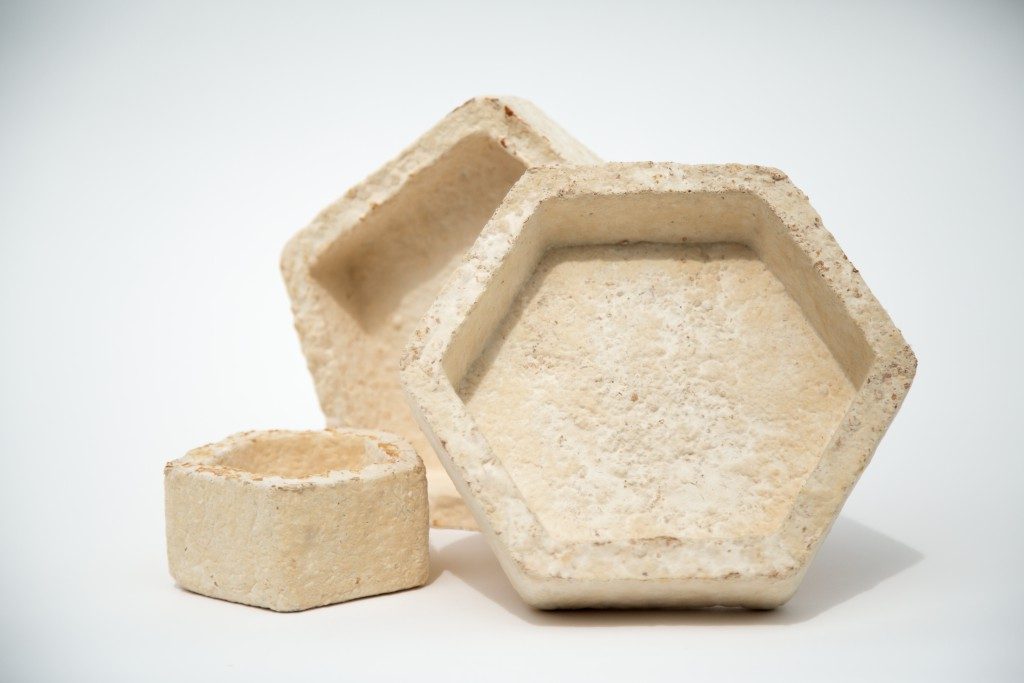
Maurizio Montalti / The Growing Lab – Mycelia
The Growing Lab / Mycelia consists of an ongoing, process-based research and exploration actively engaging with investigating and assessing methodologies for the implementation of fungal mycelium as a main agent for the development of novel materials, production methodologies and of the related deriving applications in the field of design and beyond. The Growing Lab / Mycelia introduces a collection of everyday objects, materialised through growth and aiming to effectively communicate a tangible vision about the way materials will change in the future (i.e. biotechnological revolution) and about the way manufacturing processes and techniques will modify accordingly.
See more: www.corpuscoli.com
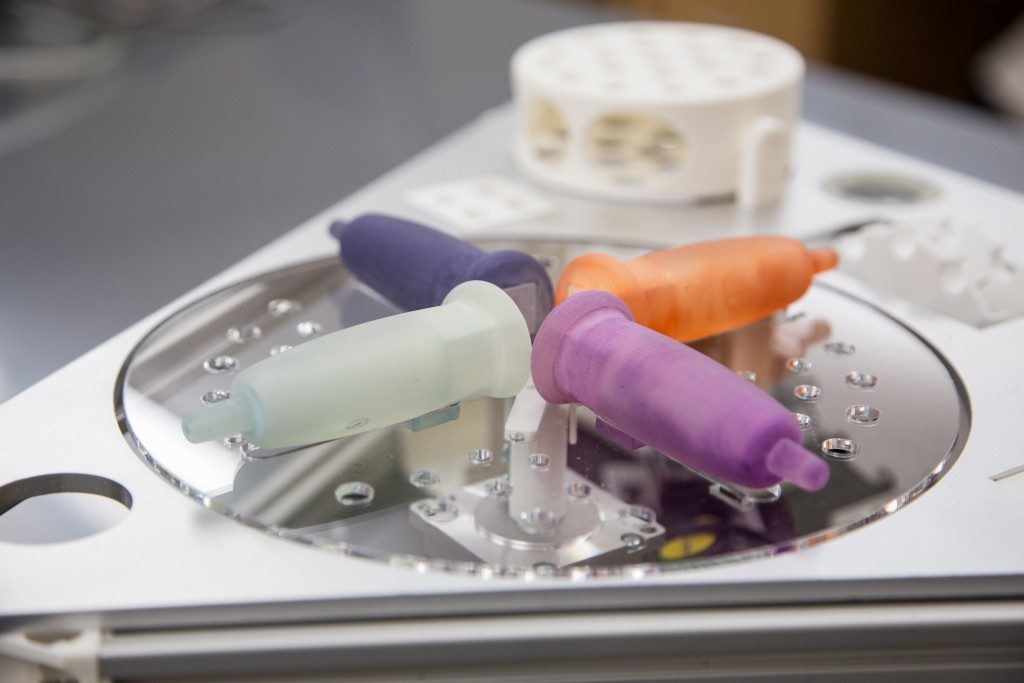
Orkan Telhan & Taylor Caputo / design.bio
Design.bio is a web platform that provides designers tools, consumables, organisms and knowhow to work with biology in domains as diverse as material, food, and product design. Learn.design.bio is a portable biolab that connects to the platform and teaches ways to work with synthetic biology by streamlining the process of designing, culturing, and testing genetic circuits at home, in design studios, or at outdoor settings. The Microbial donuts kit designed by Taylor Caputo demonstrates the use of the platform for food and flavor design. The kit is used together with the biolab to design the form, dough, and the icing of donuts by manipulating yeast and E. coli.
See more: www.biorealize.com
See more: www.taylorcaputo.com
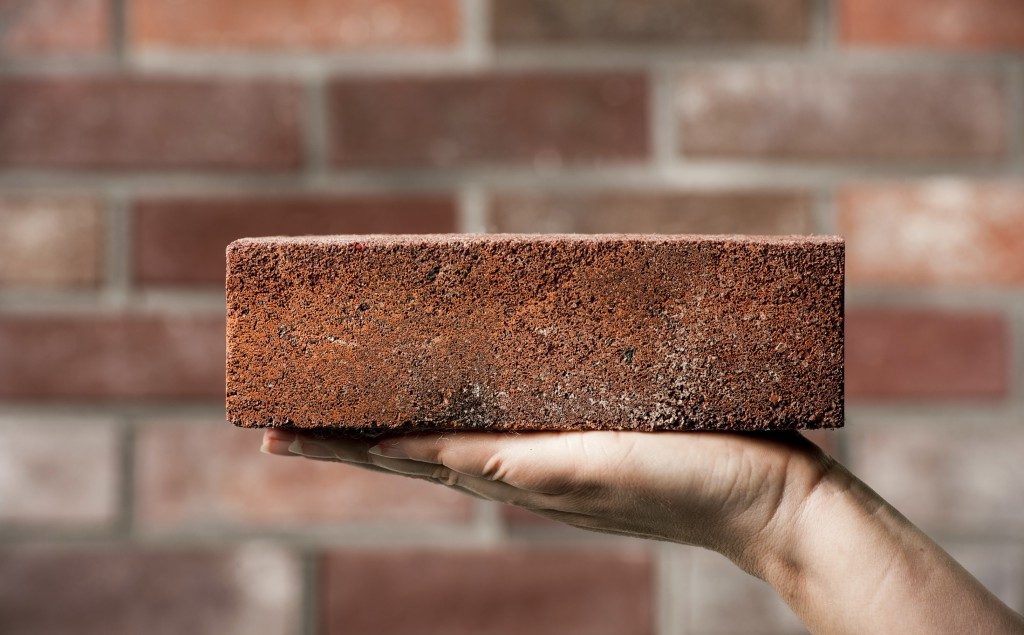
bioMASON – built with nature
bioMASON, Inc.’s process employs natural microorganisms and chemical processes to manufacture biological cement-based masonry building materials. The result is a durable cement that is grown in ambient temperatures between loose grains of aggregate, producing building materials without emitting greenhouse gases or depleting non-renewable resources. The strength of the company’s biocement (TM) materials is comparable to traditional masonry, and can be used as a green alternative, enabling savings in energy costs, as well as a large reduction of carbon emissions. bioMASON aims to help reduce global dependencies on non-renewable fuel sources, precious water resources, and carbon emissions through the manufacture of economically viable, biologically-based materials for application in the built environment.
See more: www.biomason.com
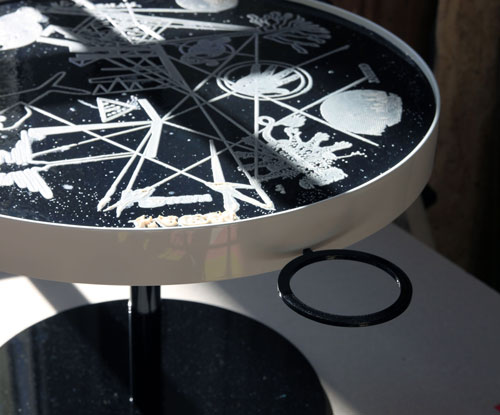
Kristin Weissenberger & Günter Seyfried / Yeastograms
Yeastograms involves methods, developed at the pavillon_35 Bioart club in Vienna, to cultivate baker’s yeast and to shape the cultivation according to aesthetic and artistic decisions. One method can be regarded as UV carving, as the yeast cells are forced into shapes via UV light setups. Other methods incorporate screen printing techniques. A complete instructions how to cultivate Yeastograms yourself can be found on the website of pavillon_35.
See more: http://pavillon35.polycinease.com/yeastograms-vienna-design-week/
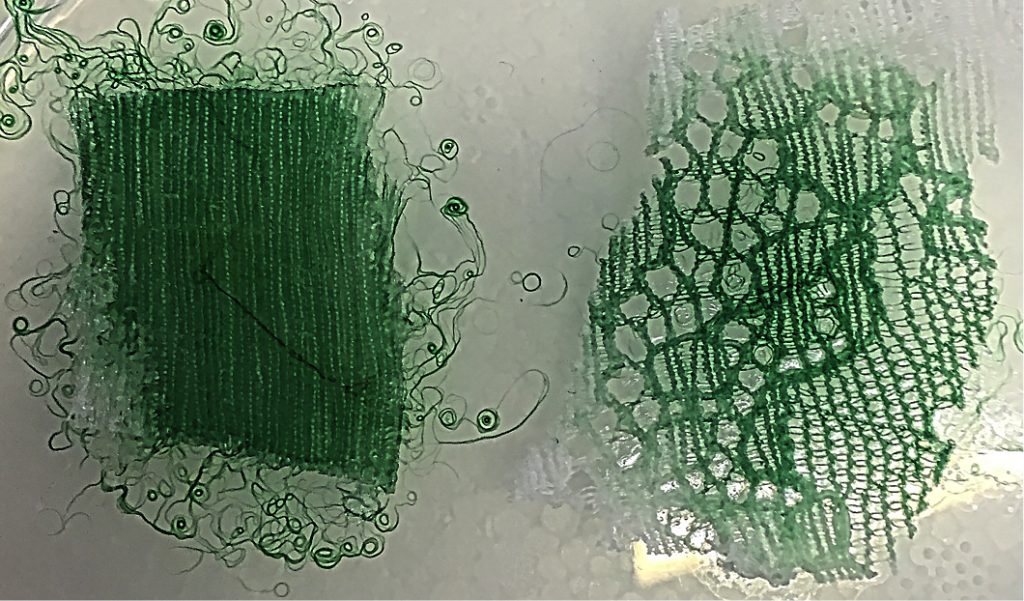
Dr Simon Park and Victoria Geaney / Oscillatoria Sutured
Oscillatoria Sutured is an evolving body of work, which explores and questions the uneasy human relationship with bacteria through biological design by suggesting bacteria as a future focus for textiles and fashion.For their exhibit with BioFaction at Vienna Design Week, the pair have created a unique living and sutured garment made from an Oscillatoria-cotton hybrid. As the bacterium grows, its oscillatory motility will allow it to move over an agar surface to reconnect the separately placed pattern pieces. In a process rather like the opening and closing of a lotus flower, the unique self-assembling and self-repairing of this biomaterial will be revealed.
See more: https://exploringtheinvisible.com
Mini Symposium “Synthetic Biology in Art & Design“
Additionally, on Sun 02.10.2016 we gave a guided tour through the exhibition as well as a talk & discussion with participating designers.
ORF Ö1 Morgenjournal
ORF Ö1 Morgenjournal made an Interview about Possible Tomorrows on 30.9.2016. Below you can listen to it.
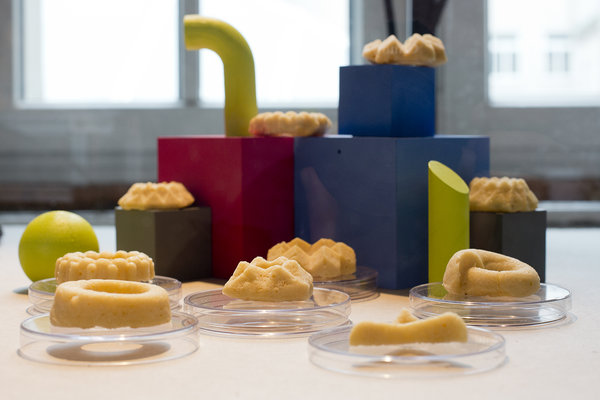
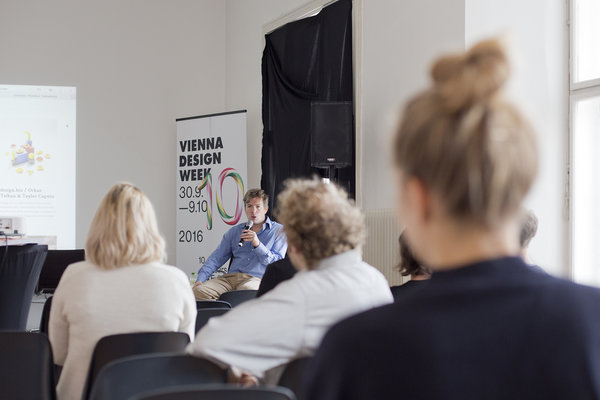
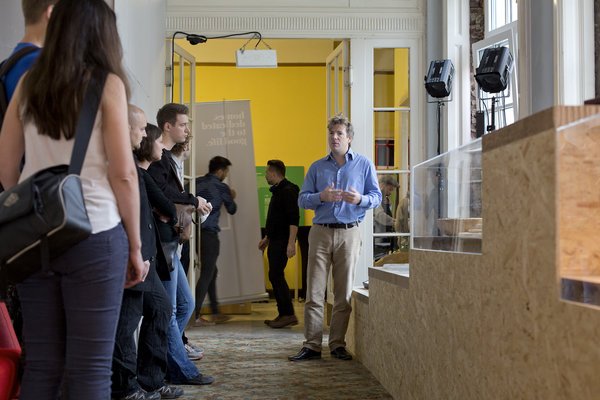
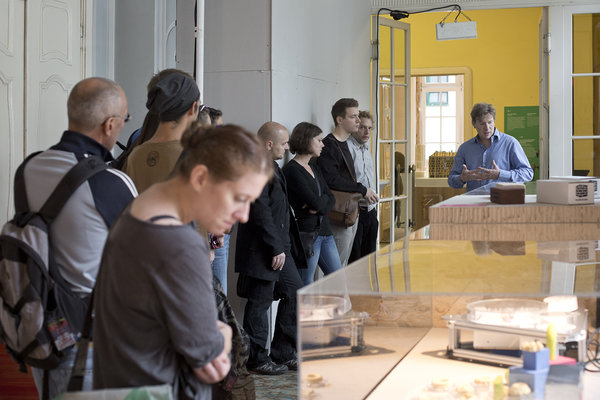
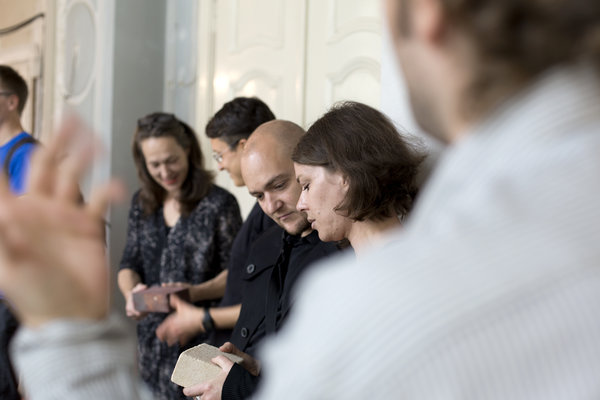
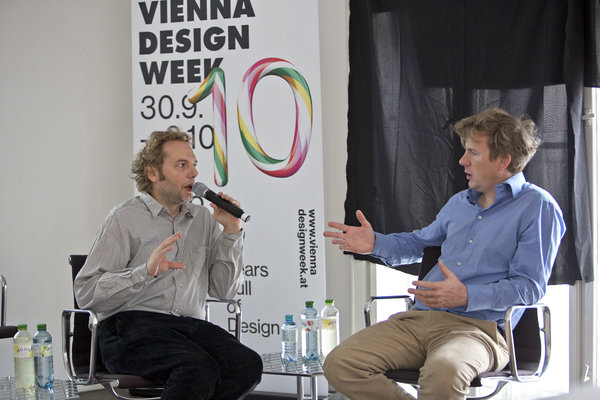
(C) Kollektiv Fischka / VDW
